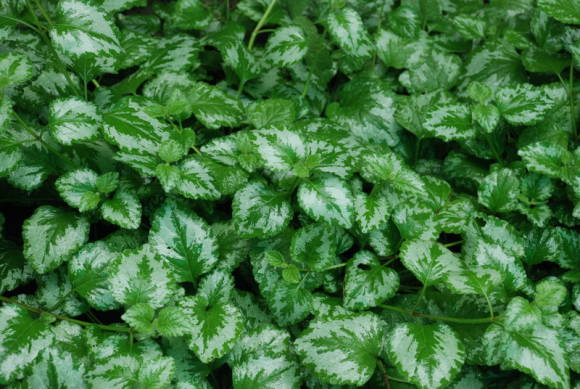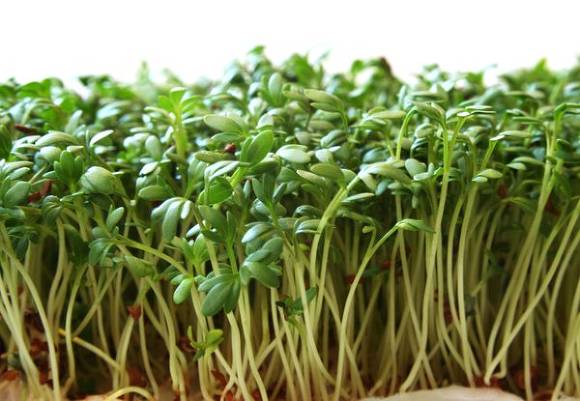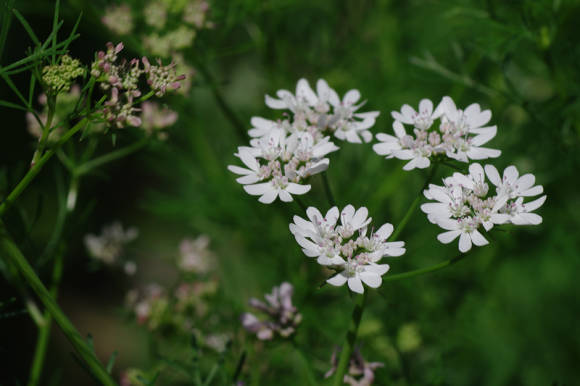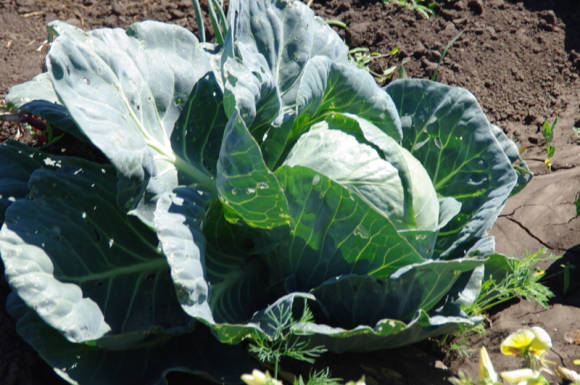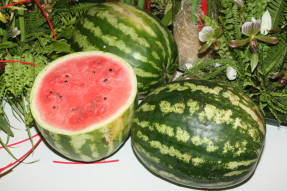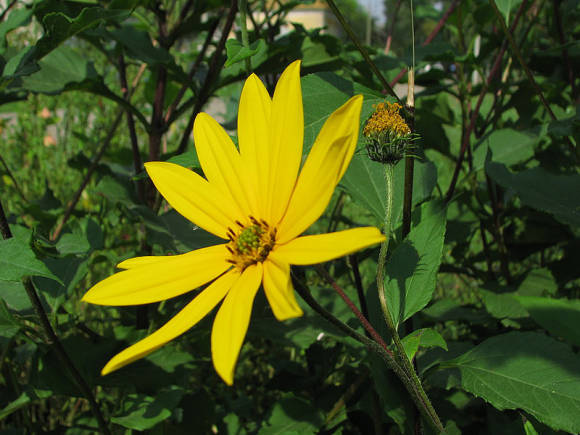 |
In early spring, when my pumpkins were already eaten, I bought a pumpkin from Israel at the supermarket. It looks like an ordinary butternut squash, only of a very small size - about 700 g. The best weight for home consumption. This pumpkin can be eaten quickly, and there is no problem with storing the half-eaten part of it.
Seeds of butternut pumpkins are sold in our seed shops - these are Pearl, Vitamin, Pastila-Champagne, Sentyabrina, Spanish guitar and others. These pumpkins differ from our usual - large-fruited and hard-bark - excellent taste.
The weight of these pumpkins is up to 7-8 kg, i.e. more than we would like, but they also have other disadvantages: they are very thermophilic and late maturing, and therefore they grow poorly in our country - they are cold. Few of the gardeners have managed to grow nutmeg pumpkin in our area. Most often it was grown in greenhouses. I grew some of these pumpkins outdoors. I was not satisfied with the taste and large size of these pumpkins. Moreover, they were often sick.
The Israeli pumpkin I bought turned out to be not only the right size, but also very tasty. Why not try growing it in my garden? But will it grow in our area? I decided to use all my knowledge and experience to grow this sissy without much effort.
 |
Preparing the garden
It is clear that the success of the business will depend on how warm the soil is in the root area. Usually, to keep the roots warm, they put biofuel in the planting bed. With biofuel, each gardener exercises his own method: one puts manure as biofuel; another adds grass or hay to the garden bed, sprinkles them with hot water and fertilizers. All these works are very time consuming. For a healthy man, maybe nothing, but elderly grannies - and there are most of them on our hundred square meters - cannot cope with such work without sciatica. I belong to the very elderly and weak, and therefore I strive to find ways to prepare warm soil, after which I do not have to groan, clutching my lower back with my hands. To begin with, I got acquainted with the work of foreign firms and our experimental farms in this direction. In Japan and the states of Western Europe, they have long covered fields for rapid heating of the soil with a transparent film. The black film is not used as a way to quickly heat the soil, but as a way to protect against weeds that do not grow under the black film. And our Agrophysical Institute took measurements on its experimental fields. It turned out that the soil covered over the surface with a transparent film, i.e. in fact, mulched by this film, it quickly and strongly warms up both in the surface layers and at great depths due to the greenhouse effect. At the same time, under the black film, it heats up much slower and weaker. The same results were obtained in some other experimental farms. In Belarus, for example, the harvest of cucumbers when mulching with transparent film was removed 5-20 days earlier, and this harvest was 1.8 times higher than without the film. Why do we, gardeners, rarely use such a method of quickly heating the soil after winter, like covering the soil with a transparent film? In central Russia, many gardeners have long covered the beds in early spring with transparent film. And we are very pleased with the results: the soil does not dry out, does not compact, and does not form a soil crust. The main thing is that the soil warms up quickly, and earlier and higher yields of vegetables are obtained on it. Weeds under such shelter quickly burn out. I also decided to follow their example in the future, i.e. grow your pumpkin in transparent soil. First I made a bed. To do this, in the fall, on the virgin soil, where the snow grew, I allocated a place measuring 1x3 m and dragged there fallen birch leaves. Layers of leaves with a thickness of about 10 cm were sprinkled with garden soil with a layer of 1 cm, each layer was watered, sprinkled alternately with urea, ash, chalk.I built a ridge about half a meter high. Along the ridge in the center, I made 3 holes the size of a half bucket, covered them with garden soil. The entire ridge was abundantly watered and covered with a transparent film, which is used when renovating apartments. The ridge began to warm up and settle in the fall. In the spring, the snow melted over the sheltered ridge before anyone else. In mid-May, the soil in the pits and the leaves on the ridge were very warm even to the touch; in the garden beds, the soil was much colder. But it was possible to plant seedlings only on the last day of May. Since nutmeg pumpkins are late-ripening pumpkins, they have to be grown through seedlings. The seeds, extracted from the Israeli pumpkin, were heated for a month on a central heating battery. After such a procedure, theoretically, they should form more female flowers in the first wave of flowering. On May 10, I soaked these seeds in a Petri dish and, as they pecked, planted them in pots with soil. Each seed goes into its own personal peat pot. She wrapped the pots with plastic wrap so that they did not dry out. By the time of planting on the garden bed, a third true leaf was growing on the plants. In the film above the pits, I made cross-shaped cuts, through which the pots were buried into the soil in such a way that the plants were drowned to the cotyledons. All the green part of the plants is located above the film. The plants planted on the ridge quickly took root. There were no frosts in May last year, so they immediately started to grow and branched out a lot. The lashes are not long, no more than 2 m. Leaves are dense, on rather short petioles, small. The plants were in no hurry to bloom. I so understood that they were waiting for the white nights to leave and the day to shorten. The first flowers appeared in the last decade of July. First for men, and a week later for women. I pollinated them by hand. When the fruits set and began to grow, I removed all the "blank" shoots, which did not have ovaries, and pinched the tops of the shoots. I left two pumpkins per plant. Everything that started later was deleted. I was not sure that they would have time to ripen, after all, August was completely cool. For the whole summer, the plants have never been watered or fed. In September, on cold nights, she covered plantings with lutrasil. When planting, the distance between the bushes was 80 cm. In my opinion, it turned out to be too spacious. I think this distance could be reduced to 60 cm, then the pumpkins will be small. The largest fruits weighed 2 kg, the smallest - 1.1-1.2 kg. Unripe specimens matured at home, where they are still kept. Their flesh is deep orange, non-fibrous, very sweet, and the aroma is pleasant. A small chamber with seeds is located in the rounded part of the fruit. The rind is dense, but very thin, easily cut with a knife. Perhaps on more fertile soil than my leaf bed, the pumpkins would have been larger. In any case, I think there is no need to strive to make the soil for the pumpkin very fertile, then the pumpkins will not be large either. For a long time I have been growing pumpkins, zucchini, cucumbers on compost piles, which I cover with transparent film before planting. They all grow very well. Now I know that it is necessary to cover a pile or a bed in advance, even in the snow or in the fall, so that by the time the seedlings are planted, the ground under the film warms up. Then it will be possible to plant seedlings much earlier. In case of night frosts, it is easy to cover the seedlings - after all, the soil is warm. True, in the case of the Israeli pumpkin variety, it will hardly be possible to gain time, because it will still wait long nights for flowering. Thus, southern butternut squash can be grown without much physical effort in our northern vegetable gardens. Grown-up pumpkins, in addition to the usual popular dishes, make delicious mashed soups. Here is one of the recipes - puree soup with onions and carrots. Pumpkin cubes - 700 g - boil in a saucepan with water or meat broth. Meanwhile, in a frying pan, fry chopped red onions - 2 pieces.When brown, add chopped garlic to it - 2 cloves. We fry until a specific smell appears. We send all this to a saucepan with pumpkin. Put carrot cubes - 200 g in the freed pan, fry until soft. We send it to the same pan. We boil everything for 20 minutes, beat with a blender. Salt and serve with croutons. Photo by the author "Garden affairs" No. 5 - 2012



About seedlings



Pumpkin Puree Soup Recipe


